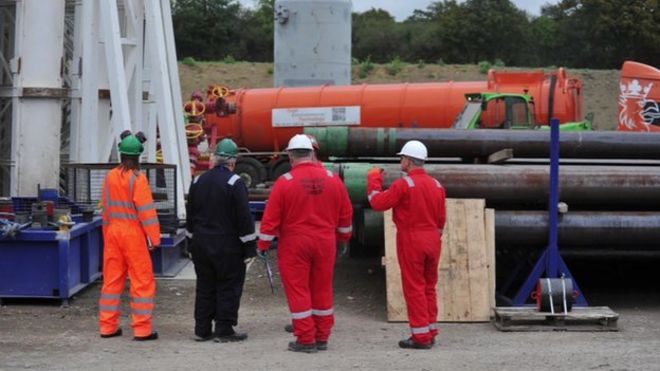After hanging on for almost a year, the US shale oil industry is on the brink of complete capitulation. The reason for its impending downfall is simple: the lowest cost producer always wins. In this instance the most profitable producers are Saudi Arabia and its close Gulf Arab allies, who effectively control the Organisation of the Petroleum Exporting Countries (Opec).
To their credit, shale drillers and operators in Texas and North Dakota have hung on for far longer than anyone expected after Opec launched its pre-emptive oil price war last November. However, a year of oil prices trading at an average of around $50 per barrel is finally succeeding in reversing the dramatic increases in US production that had been so troubling the Gulf’s oil-rich sheikhs.
Total US output has fallen by almost 600,000 barrels per day (bpd) since the end of the first quarter, with the biggest declines occurring recently as operators begin to crack under the financial pressure caused by Opec’s squeeze on prices. By next year, the US government expects output to decline to an average of 8.6m bpd, down from an average of 9.3m bpd in 2015.
According to Mark Papa, the former head of US shale oil specialist operator EOG Resources, this is just the beginning of the downturn in North America. Speaking at the annual Oil and Money conference in London this week, Mr Papa said: “We are about to see a pretty dramatic decline in US production growth.”
The insurmountable problem the US shale oil industry faces is that it is too highly dependent on debt and too reliant on crude trading above $60 per barrel to remain profitable. Break-even prices in America’s most productive areas, such as the Eagle Ford and Bakken, are thought to range from $54 to almost $70 a barrel, which currently means producers are operating at a loss, living in hope that Opec finally relents and cuts production.

In these circumstances the only thing keeping many US drillers afloat is debt, which up until now has been cheap and plentiful.
According to the data provider Factset, the amount of debt held by US oil and gas producers has ballooned to almost $170bn (£111bn) this year, compared with $81bn five years ago. But the cost of servicing that debt has also increased exponentially after a number of operators saw their ratings reduced to junk.
Opec now only has to maintain its fragile cohesion and push a little harder for the entire shale oil industry in the US to fold.
However, the group of 12 mainly Middle Eastern oil producers is itself feeling the pain of lower oil prices. Its wealthiest members, such as Saudi Arabia, the United Arab Emirates and Kuwait, are having to fall back on their foreign currency reserves for the first time in almost 20 years to make up for the shortfall in revenues.
Poorer member countries such as Venezuela, Algeria and Nigeria are now at economic breaking point. Without vast sovereign wealth funds and an abundance of cheap oil, they are close to buckling and are demanding that Opec meets to revise its current strategy.
Although Opec’s secretary general has called for a meeting of oil experts in Vienna later this month, it is extremely unlikely that ministers from the group will gather before their next scheduled date in December. Meanwhile, Saudi Arabia has continued to pump at record rates above 10.5m bpd, a strategy which is making a mockery of Opec’s overall production ceiling of 30.5m bpd.
And then there is Iran and Iraq. Combined, these close political allies in the Middle East pose the biggest challenge to Saudi Arabia’s dominance of Opec. However, both countries desperately need higher oil prices to help shore up their battered economies.
Baghdad has compensated for falling oil prices by pumping more crude. The second largest producer in Opec is now pumping around 4m bpd of crude to replenish its dwindling foreign currency reserves, which have fallen by around 20pc this year.
Iran is also champing at the bit to increase production – with the end in sight for its economic isolation from the rest of the world. According to the Iranian government, the country could increase oil production by around 500,000 barrels per day within a few months of economic sanctions being fully lifted. The Islamic republic is already laying the foundations for a return of international oil companies, which could help to boost output.
Top oil official Seyed Mehdi Hosseini told a room packed with Western executives at the Oil and Money conference that Tehran was ready to offer 50 new projects to international investors. Any significant increase in Iranian oil supply would add to the current oversupply in markets, pushing prices even lower.
